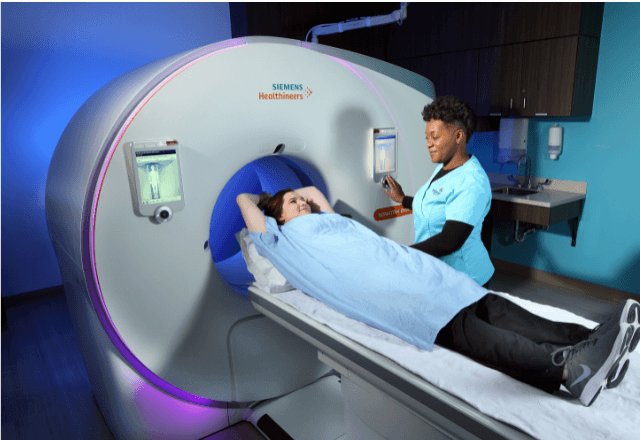Fetal Viability Imaging Testing in Sheep and Goats
Understanding fetal viability is crucial in veterinary medicine, particularly when dealing with sheep (Ovis aries) and goats (Capra hircus). Fetal viability testing ensures the health and well-being of both the mother and fetus during pregnancy. This service provides detailed imaging that helps assess the development and health status of the fetus, enabling accurate diagnosis and informed decision-making for veterinarians and breeders.
The primary goal of fetal viability imaging in sheep and goats is to identify potential issues early on, allowing for timely interventions if necessary. This non-invasive approach minimizes stress on both mother and offspring while providing critical insights into the health of the fetus. The use of advanced ultrasound technology allows for precise examination of fetal structures, including heart rate, movement patterns, amniotic fluid levels, and placental function.
Our team utilizes high-resolution imaging equipment to capture detailed images that help in evaluating fetal viability. This includes grayscale and Doppler ultrasonography which can visualize blood flow within the fetus. By monitoring these parameters regularly throughout gestation, we can predict potential complications such as fetal death, intrauterine growth restriction (IUGR), or premature birth.
For accurate results, proper specimen preparation is essential. This involves ensuring that both the mother and fetus are in optimal condition before imaging begins. Specimen preparation includes fasting the dam for a few hours prior to testing if necessary, and minimizing stress during the procedure by keeping procedures short and gentle. It's important to note that while ultrasound is widely used for this purpose, other diagnostic methods like magnetic resonance imaging (MRI) may also be employed depending on specific needs or circumstances.
The test protocol typically involves initial consultations with veterinarians to discuss the objectives of the study and any previous medical history relevant to the pregnancy. Afterward, detailed imaging scans are conducted at specified intervals throughout gestation. These images provide a comprehensive view of fetal development over time. Results from these tests can be used by breeders and clinicians alike for making decisions about breeding programs or treatments needed during pregnancy.
Accurate interpretation of ultrasound findings is key to determining fetal viability correctly. Our experienced radiologists analyze each image carefully, looking at various indicators such as heart rate, limb movements, and presence of fluid in the amniotic sac. Any deviations from normal parameters could indicate problems that require further investigation or intervention.
In conclusion, fetal viability imaging plays an important role in ensuring healthy pregnancies in sheep and goats. By employing state-of-the-art technology and experienced personnel, we aim to provide reliable information about the health status of unborn lambs/goats throughout their gestation period. This service supports informed decision-making by veterinarians and breeders alike, ultimately promoting better outcomes for both mothers and offspring.
Benefits
- Early detection of potential issues allowing for timely interventions.
- Informed decision-making by veterinarians and breeders involved in livestock management.
- Promotion of better outcomes for both mothers and offspring through accurate fetal viability testing.
- Non-invasive nature ensuring minimal stress on the mother and fetus during the procedure.
Eurolab Advantages
We pride ourselves on providing exceptional service with top-notch facilities, experienced personnel, and cutting-edge technology. Our commitment to quality ensures accurate results every time, supporting informed decision-making for our clients involved in veterinary practice.
Our team of experts offers personalized consultations tailored to individual needs ensuring that each client receives the best possible care. With years of experience in this field, we bring a wealth of knowledge and expertise to every project.
We understand the importance of confidentiality and handle all sensitive information with utmost care and respect. Our state-of-the-art laboratories are equipped with advanced ultrasound machines capable of producing high-quality images essential for accurate diagnosis.
Why Choose This Test
Fetal viability imaging is a vital tool in ensuring healthy pregnancies in sheep and goats. By employing state-of-the-art technology and experienced personnel, we aim to provide reliable information about the health status of unborn lambs/goats throughout their gestation period.
This service supports informed decision-making by veterinarians and breeders alike, ultimately promoting better outcomes for both mothers and offspring. With regular monitoring provided through this test, early detection of any potential problems can be achieved leading to more effective treatment plans if required.
Frequently Asked Questions
- Early detection of potential issues allowing for timely interventions.
- Informed decision-making by veterinarians and breeders involved in livestock management.
- Promotion of better outcomes for both mothers and offspring through accurate fetal viability testing.
- Non-invasive nature ensuring minimal stress on the mother and fetus during the procedure.





